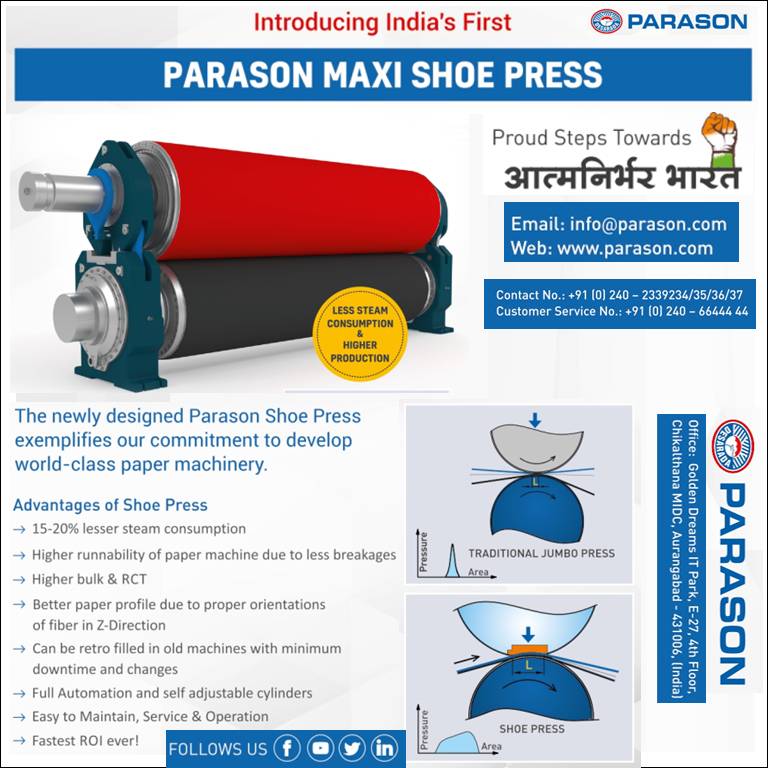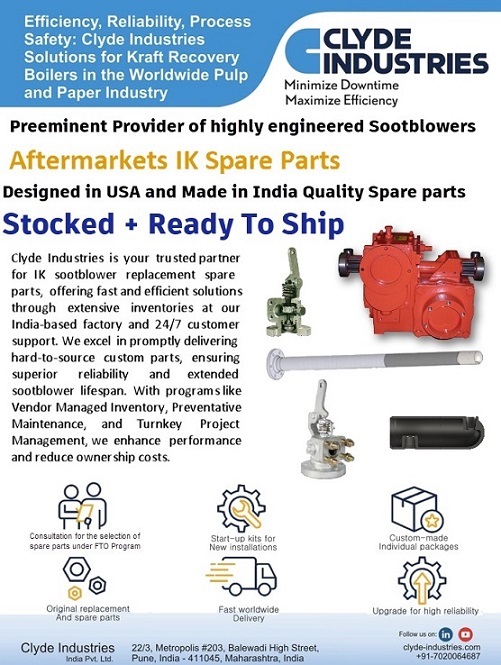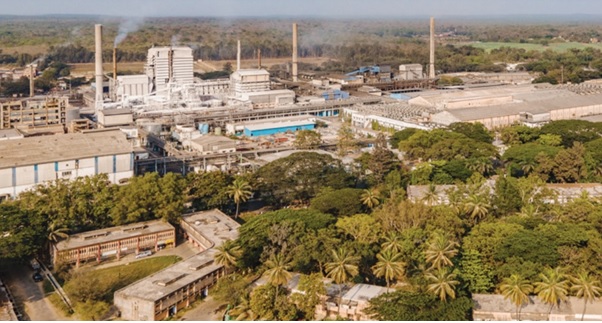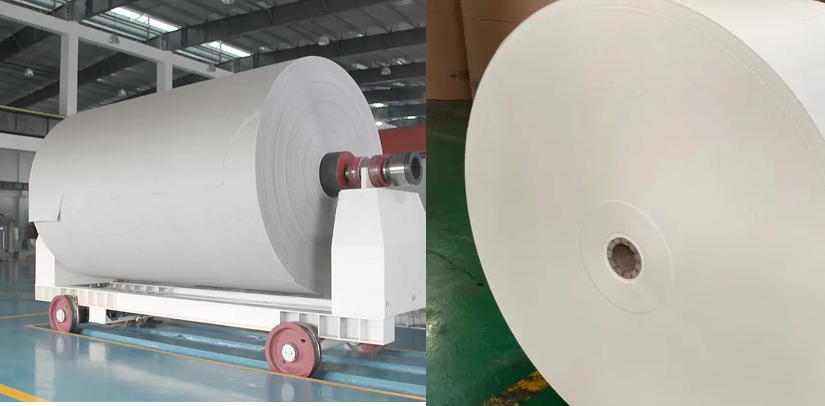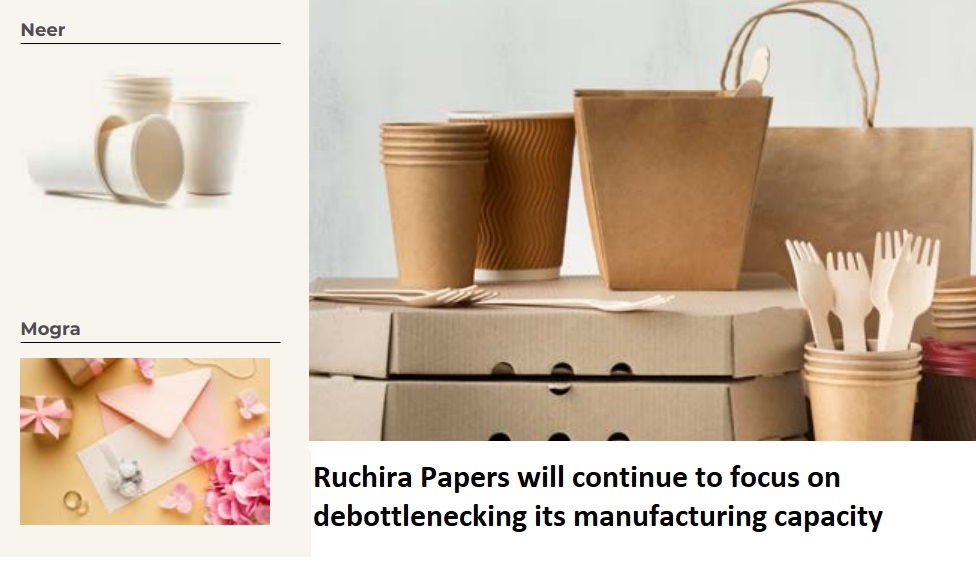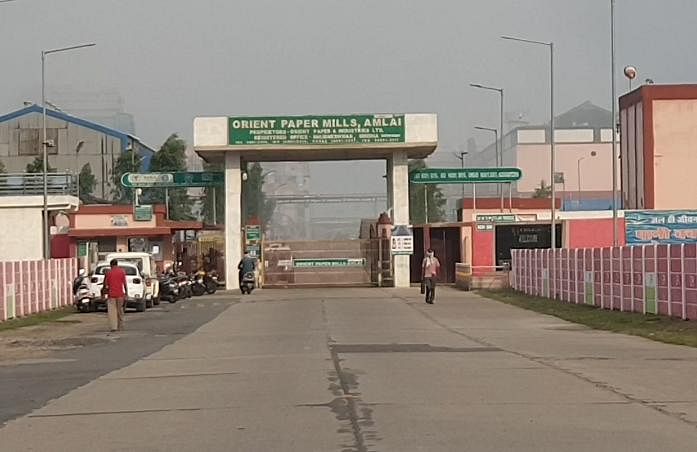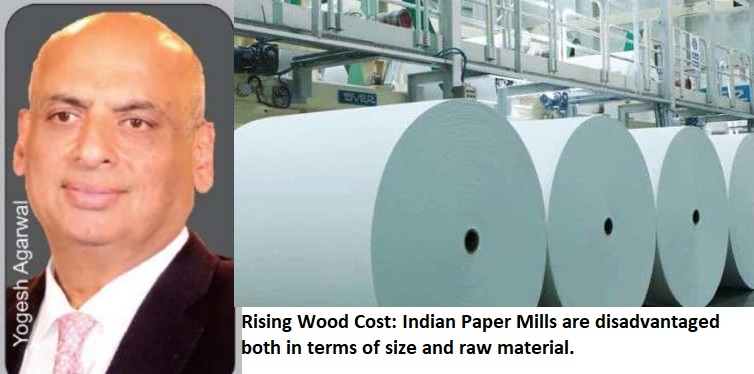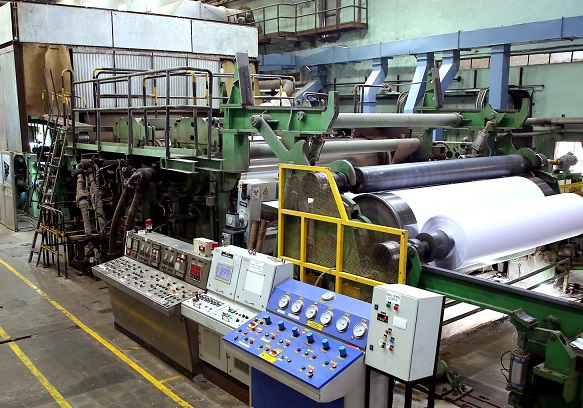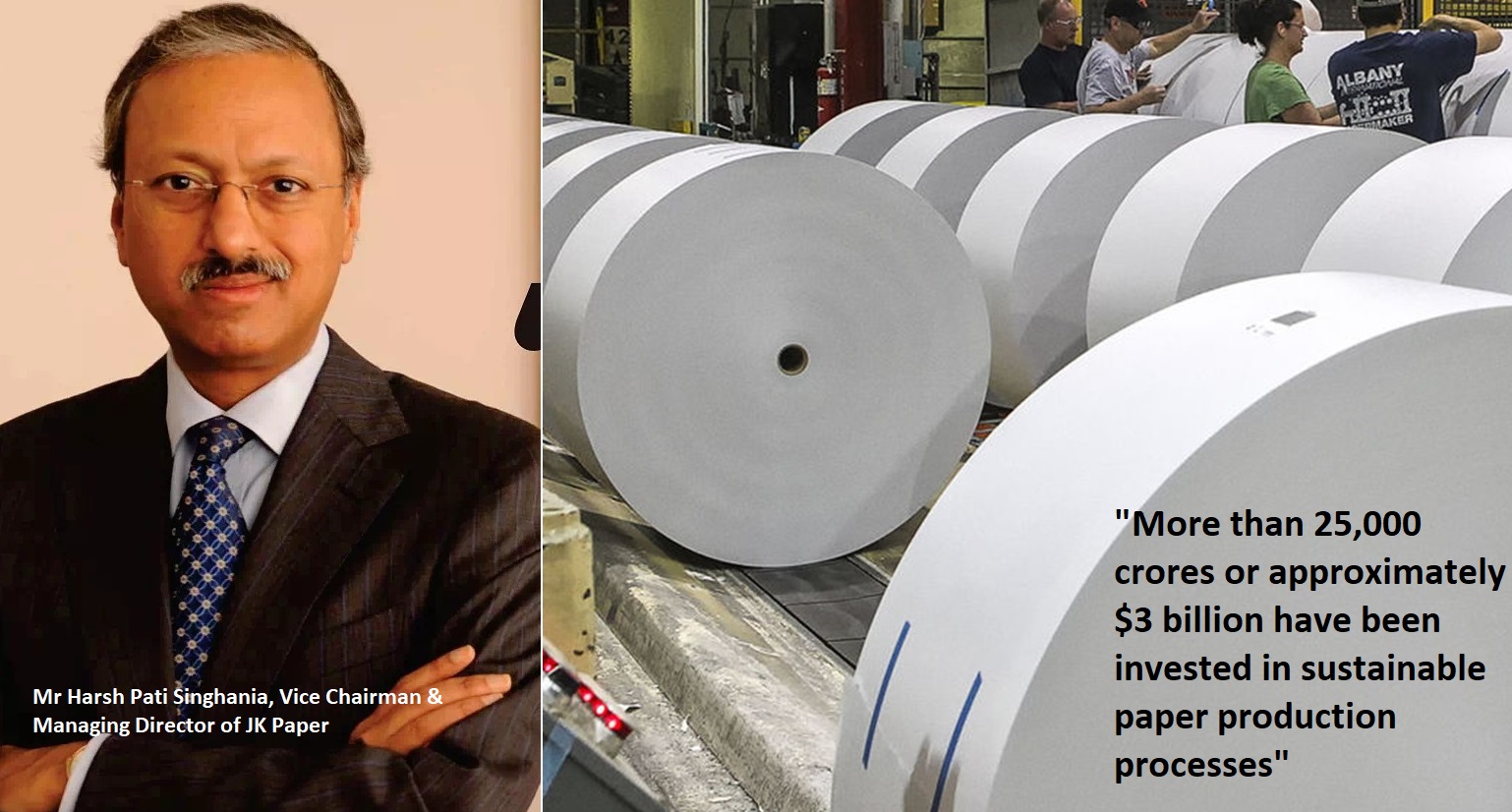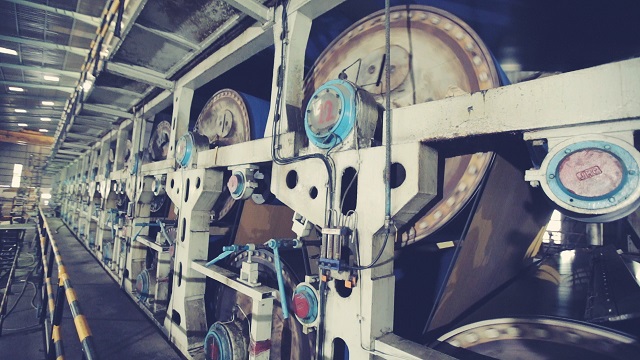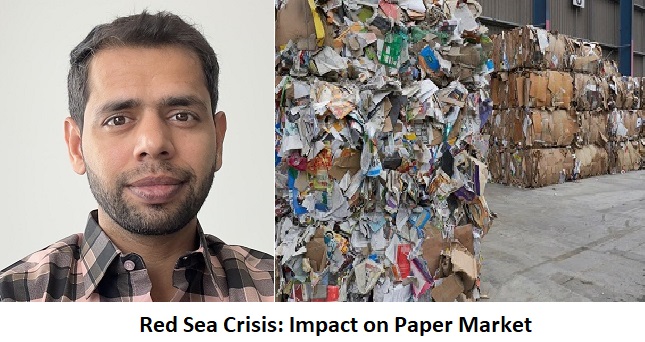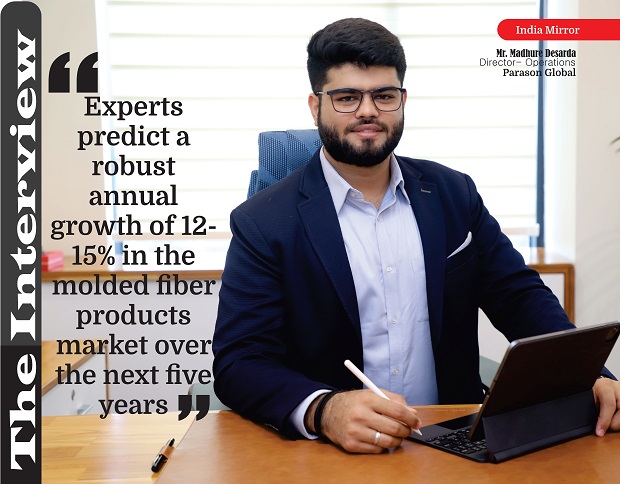"From Q1 2024, the commercial scale production line will produce up to 12.5m paper bottles annually": Pulpex's CEO
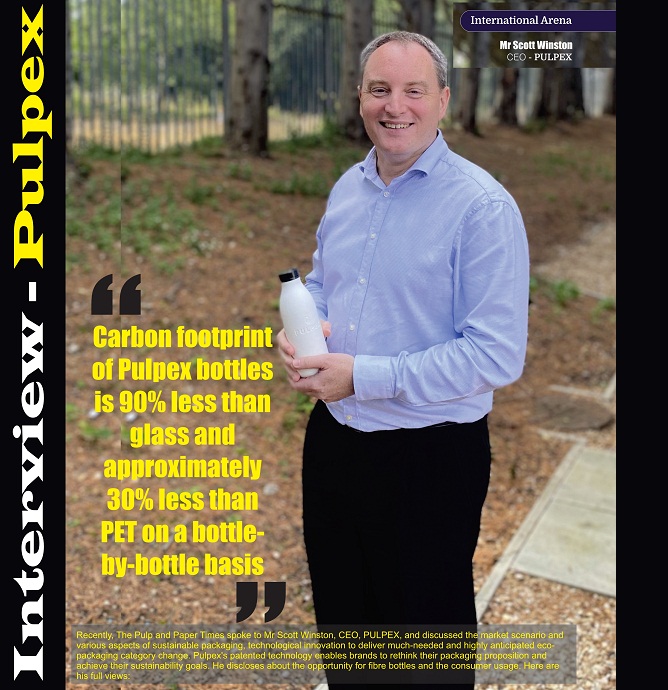
"From Q1 2024, the commercial scale production line will produce up to 12.5m paper bottles annually": Pulpex's CEO
- Pulpex bottles are sustainable, scalable, single-mould branded designs without material compromise
- We have no fundamental concerns about the cost of sustainable packaging
- Carbon footprint of Pulpex bottles is 90% less than glass and approximately 30% less than PET on a bottle-by-bottle basis
Recently, The Pulp and Paper Times spoke to Mr Scott Winston, CEO, PULPEX, and discussed the market scenario and various aspects of sustainable packaging, technological innovation to deliver much-needed and highly anticipated eco-packaging category change. Pulpex's patented technology enables brands to rethink their packaging proposition and achieve their sustainability goals. He discloses about the opportunity for fibre bottles and the consumer usage. Here are his full views:
Q: Please give us a brief Introduction of Pulpex and its operation.
Pulpex is a unique, first-of-its-kind, fully recyclable fibre packaging solution that uses technological innovation to deliver much-needed and highly anticipated eco-packaging category change.
Producing bottles that degrade readily in the natural environment, Pulpex's patented technology enables brands to rethink their packaging proposition and achieve their sustainability goals, whilst our partnership network gives us the ability to convert end-products at an industrial scale.
Never before has the collective need for sustainable and scalable packaging innovation been greater which is why Pulpex proudly partners with brand owners to deliver options that are more fit for purpose and which integrate into packaging manufacturers' existing infrastructure.
Q: Please shed some light on Pulpex's paper bottle and its sustainability.
Single-use packaging issues have reached an environmental tipping point. Globally more than 1.3 trillion glass and plastic bottles are produced each year and the volume of plastic waste entering our oceans is set to triple by 2040.
As we look at the opportunity for fibre bottles and the consumer usage occasions for them, we recognise that a fibre packaging solution will never be a viable direct replacement for all situations.
Pulpex allows brands to consider potential options for supplementing glass and PET bottles and, on many occasions, replacing its usage altogether. Pulpex bottles deliver significant improvements on the carbon footprint of glass bottles. The carbon footprint of Pulpex bottles is 90% less than glass and approximately 30% less than PET on a bottle-by-bottle basis. Pulpex bottles are also fully recyclable in standard paper/card waste streams, Globally, paper/card is recycled at a much higher rate than plastic.
Our unique offering harnesses the strength of sprayed barrier coatings which enable functionality vs end of life recovery and recycling and is why we are part of the 4evergreen cross-industry alliance.
Q: Moisture, gas, water, oil, and grease create a limitation in paper packaging. How much Pulpex trusts its coating solutions to overcome this limitation?
When Diageo developed the technology that would enable them to form 3D shapes from sustainably sourced wood pulp, they turned to technology partner BASF to help make this into a viable product. Wood pulp, when formed into a bottle shape, will not itself hold liquid, so a technological solution was needed. Not only must the bottle hold liquid, but it also needed to be recyclable through the existing paper waste stream. It quickly became clear that different liquids required different barrier properties, both to protect the product from the environment and to prevent it escaping from the bottle.
BASF and Pulpex have been working together to develop this concept in close conjunction with its corporate partners to define the precise performance criteria for each liquid. The underlying mission was to develop a bottle that was renewable, biodegradable and recyclable through existing paper recycling schemes. The resulting fibre bottle is lightweight and offers brand owners a sustainable, environmentally-friendly alternative to plastic and glass bottles.
Q: How does your paper bottle differ from the ‘Tetra Pack’, as both are used for liquid packaging?
Whilst we use the same renewable resources as many of our competitors, Pulpex does not use aluminium foils or other laminates.
Furthermore, instead of standard cartons, Pulpex bottles are customisable by shape and size and allow for embossing/debossing, labelling and direct printing with food-safe coloured pigments and dyes to fit any brand's needs.
Q: What does one understand about Environmental, Social & Governance (ESG) in Packaging? Why is it becoming more demanding nowadays? How Pulpex see ESG concept?
Packaging typically represents 50% of a company's Scope 3 emissions and hence plays a key part in an any corporate sustainability initiative. Pulpex is seeking to make a fundamental impact on this carbon footprint issue. Pulpex directly answers the problem of packaging performance matching its usage needs by creating fibre packaging solutions that deliver brand equity (customisable shapes, sizes and designs), technically perform (compatible with brand's existing filling infrastructure and standard paper waste streams) and, if not recycled, degrade readily in the natural environment leaving no unintended legacy.
Q: Any product’s impact comes not just from the product itself, but also from how it’s packaged and delivered to the customer. At Pulpex, how do you evaluate the perception of new-age consumers about compostable and sustainable packaging? Does the packaging keep an ‘edge’ on the Products?
Consumers’ respect for environmental issues and their changing behaviours are driving demand for renewable, recyclable, biodegradable and minimal plastic packaging. In fact, 61% of consumers are likely to switch to a brand that is more environmentally friendly than their current brand.
Furthermore, retailers are increasingly targeting zero-waste and circular economy principles for their packaging, while governments are taxing packaging materials and principles and that do not tackle or address these issues. As such, brands have all been seeking solutions, but economically viable and ready-to-go options have proven to be limited… until now.
Pulpex bottles are sustainable, scalable, single-mould branded designs without material compromise that significantly reduce the reliance of single-use plastics. With customisable shapes and designs, it offers all brands the opportunity to rethink their packaging proposition at scale.
Q: There have been more stories about the ‘Greenwashing’, especially for Paper Bottles and Food grade packaging. What is the truth behind this ‘misconception’? Don’t you think Greenwashing in developing countries is deceiving consumers?
With increasing desire and pressure on companies to be net-zero, there is inevitably some (occasionally unintentional) 'greenwashing' by brands across all sectors, including packaging. Pulpex however is proud to be the world's first, commercially scalable packaging technology capable of producing genuine paper bottles made of 90%+ sustainably sourced fibre and designed to be recycled in standard paper waste streams.
Q: Please let us know the plan of Pulpex to scale up its production facility across the world, and especially what plan for India?
From Q1 2024, the commercial scale production line will produce up to 12.5m paper bottles annually in Cambridgeshire, UK. Additional capacity will become available in targeted geographical locations globally via licensed manufacturing partners from mid 2024 including. This includes India, where we remain open to discussions with interested parties who, if interested, are free to contact us via hello@pulpex.com
Q: The production of packaging from virgin materials – whether plastic or paperboard or pulp – is nearly always more taxing on the environment than using recycled material, which is why recycling matters. How does Pulpex think about the circular economy of paper bottles? Is any plan you have?
Recycled fibre cannot be used for food and beverage products due to food safety concerns. Pulpex technology is flexible to available fibre sources and is compatible with both virgin materials and recycled fibres.
Made from sustainably sourced wood pulp that is PEFC-accredited and FSC-certified, Pulpex holds both PEFC and FSC Chain of Custody certifications.
Our bottles are widely recyclable and can be recycled in standard waste streams as you would normally recycle paper and card. As global recycling rates are far higher for paper and card than for plastic, fibre-based packaging has a much higher chance of actually being recycled and becoming more ‘circular.’ In the event a Pulpex bottle is not recycled, it will degrade readily in the natural environment.
Pulpex is also a member of 4evergreen, a cross-industry alliance of over 100 members representing the entire lifecycle of fibre-based packaging – from forests to designers, producers, brand owners and recyclers.
Q: What is the Life Cycle Analysis (LCA) of paper-based packaging? In the latest Interview with The Pulp and Paper Times, World Packaging Organization (WPO) has claimed that there is seven times less impact if we go for the plastic bag and even more so if we recycle that plastic. it is not just a bottle or box, no there’s a lot of science and technology that goes behind the creation of that particular packaging component. How do you take this claim in your innovation?
Whilst plastics are recyclable, their recycling rates are relatively low compared to fibre packaging. As such, a fundamental aspect is that fibre as a category has a much higher recovery rate than other materials and if it does escape, it degrades readily in the natural environment without any legacy impact on the environment.
As mentioned earlier, fibre packaging is not the answer to all packaging situations. The planet needs further advances in plastic, metal and glass packaging to the help with its global carbon footprint but we remain excited to see the developments in other packaging fields.
Q: What is the market size of liquid packaging? How would it grow in next five years?
Globally more than 1.3 trillion glass and plastic bottles are produced each year and, with an ever-increasing global population, it is hard to imagine anything other than demand increasing over time.
Q: We are aware that the fibres get shorter and shorter as it's recycled, and we can make products out of paper and board that lend themselves to better recycling and that can be recycled more than the figure of seven times. How do you support Pulpex’s bottle longer recyclability vs plastic?
Pulpex can use either virgin or recycled fibre in its bottles and does not reduce the quality of the fibres in its bottle making process. Post consumer use, the bottles can enter standard paper waste streams and go on to become other robust, paper-based products.
Q: packaging cost counts on retail products; companies are more aware about the pricing of products and want to keep it suitable for consumers. How do we evaluate a price of a sustainable bottle against a plastic bottle? Do you think that it will sustain in the long run?
YES - All brands have mixed packaging material portfolios. Given Pulpex's breadth of engagement with leading consumer brands across the globe (see www.pulpexhome.com<http://www.pulpexhome.com/> for more information), we have no fundamental concerns about the cost of sustainable packaging.
Web Title: "From Q1 2024, the commercial scale production line will produce up to 12.5m paper bottles annually": Pulpex's CEO



 Join WhatsApp Group
Join WhatsApp Group Join Telegram Channel
Join Telegram Channel Join YouTube Channel
Join YouTube Channel Join Job Channel (View | Submit Jobs)
Join Job Channel (View | Submit Jobs)






